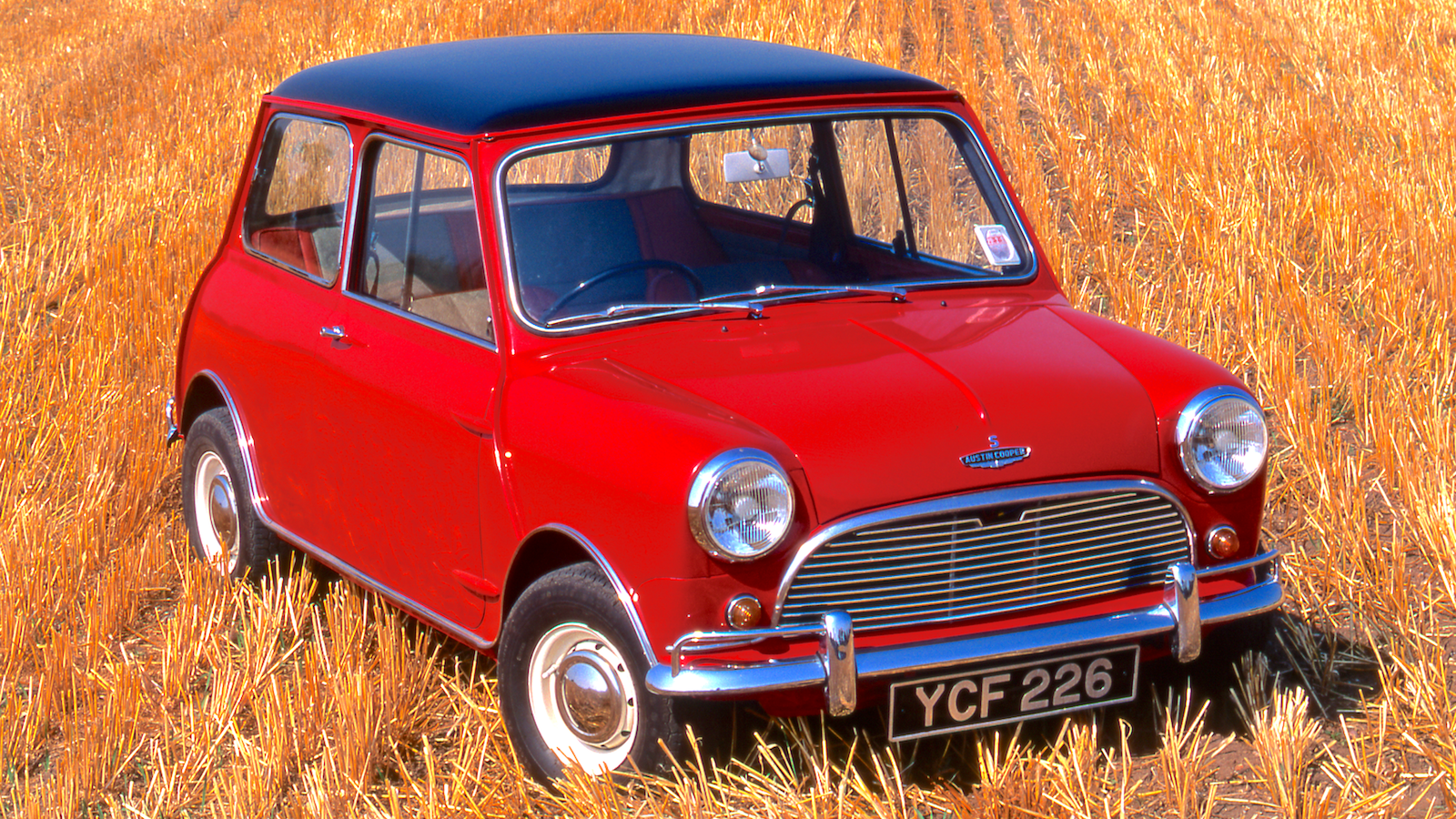
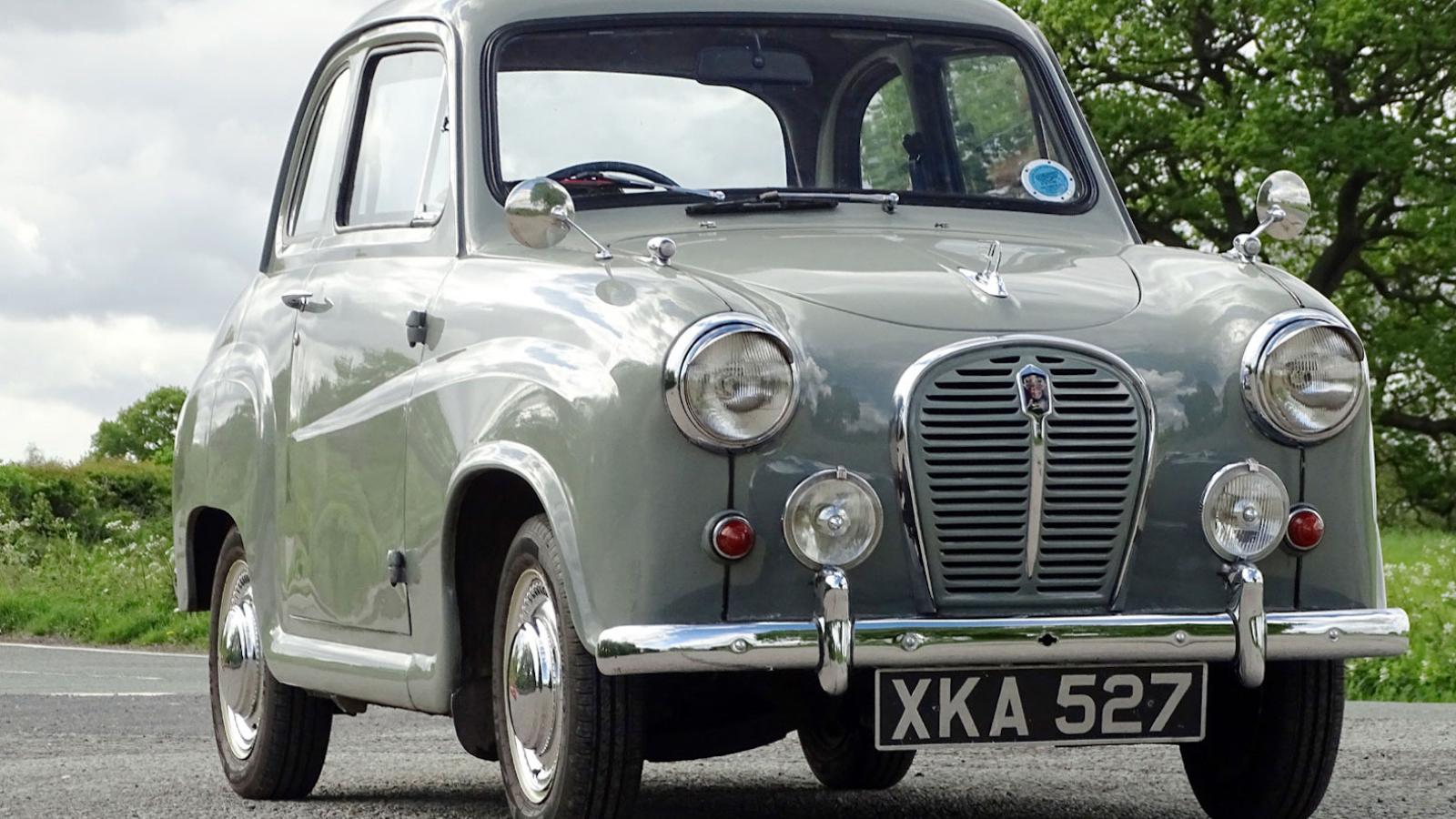
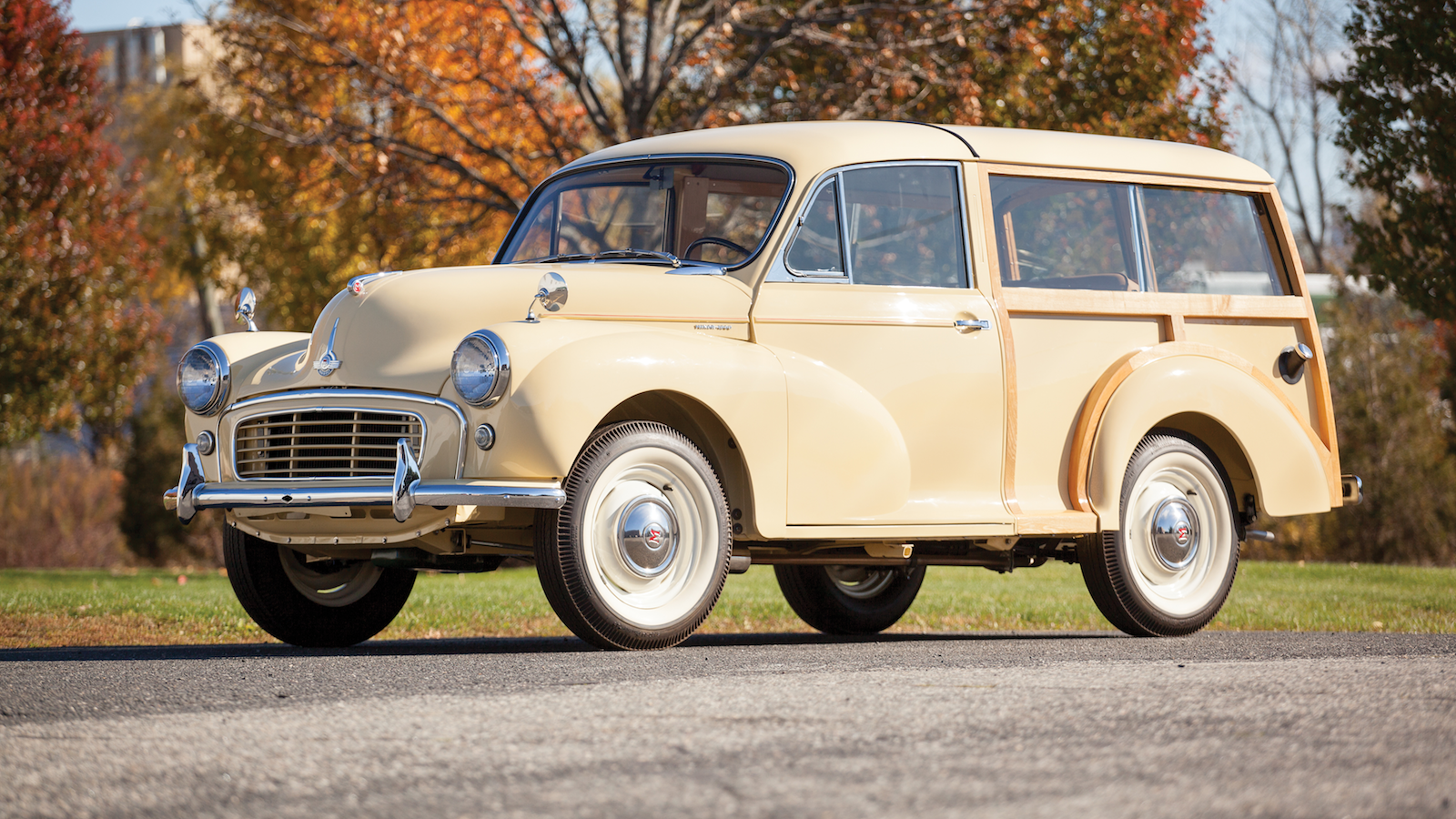
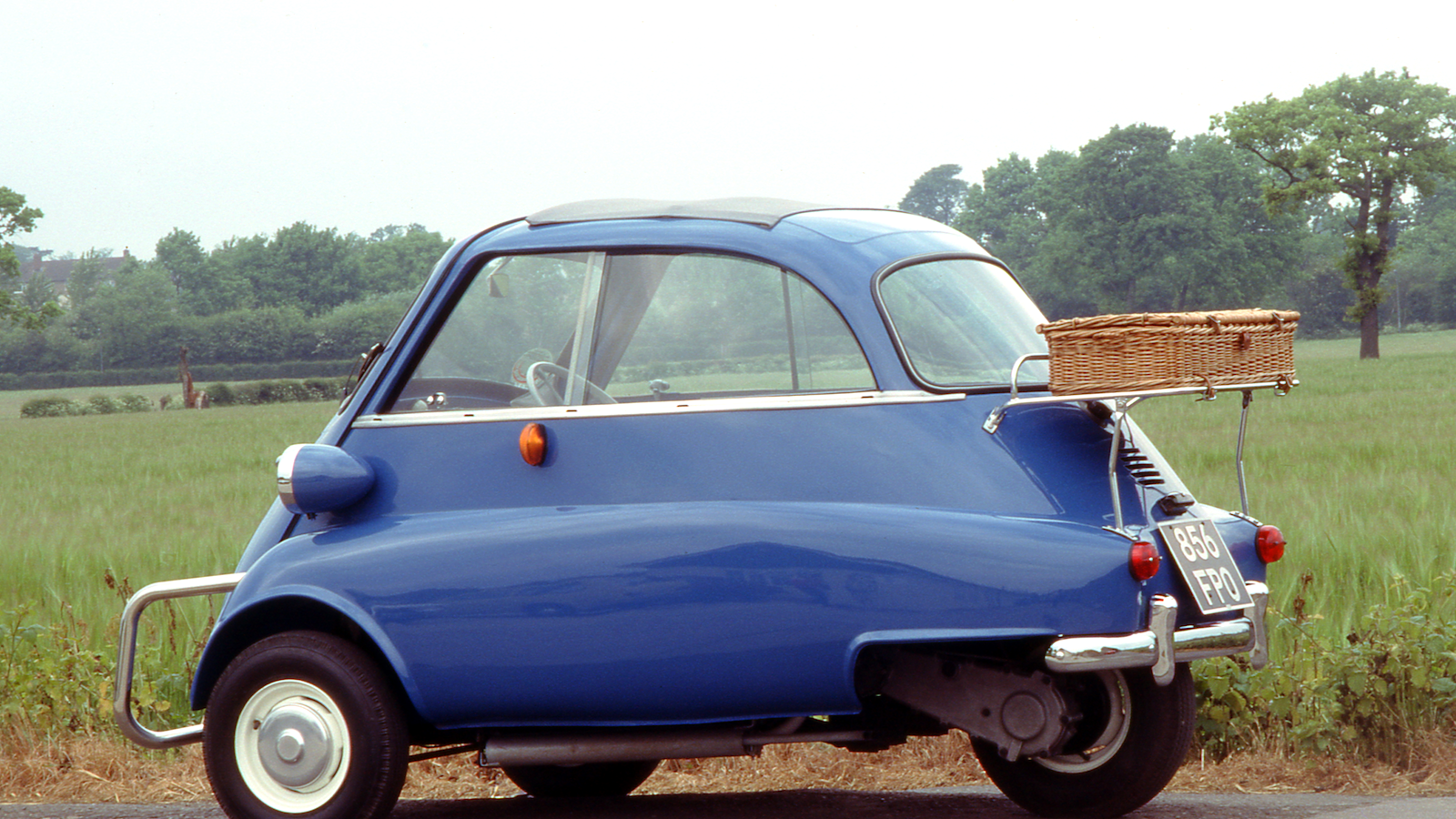
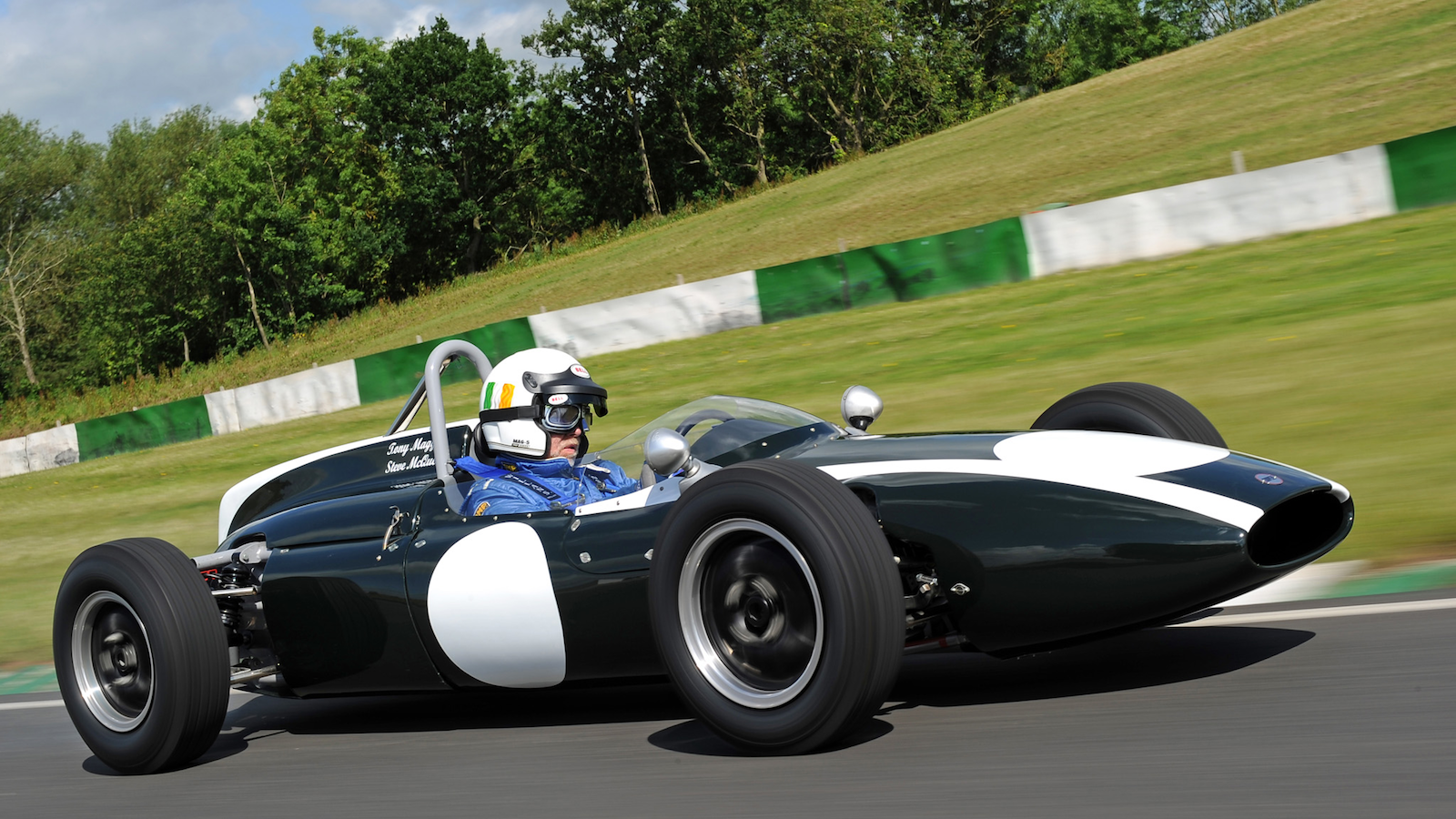
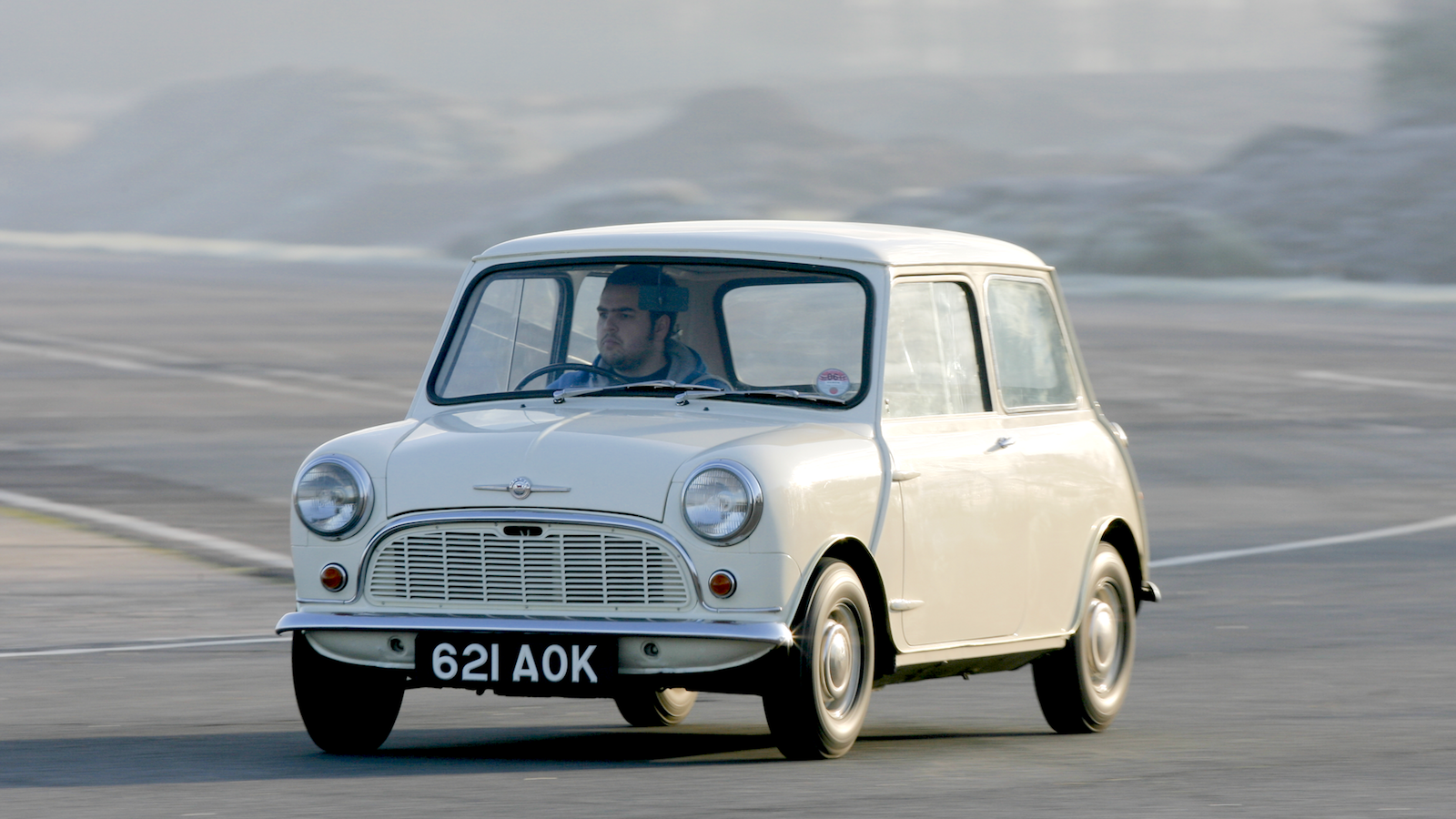

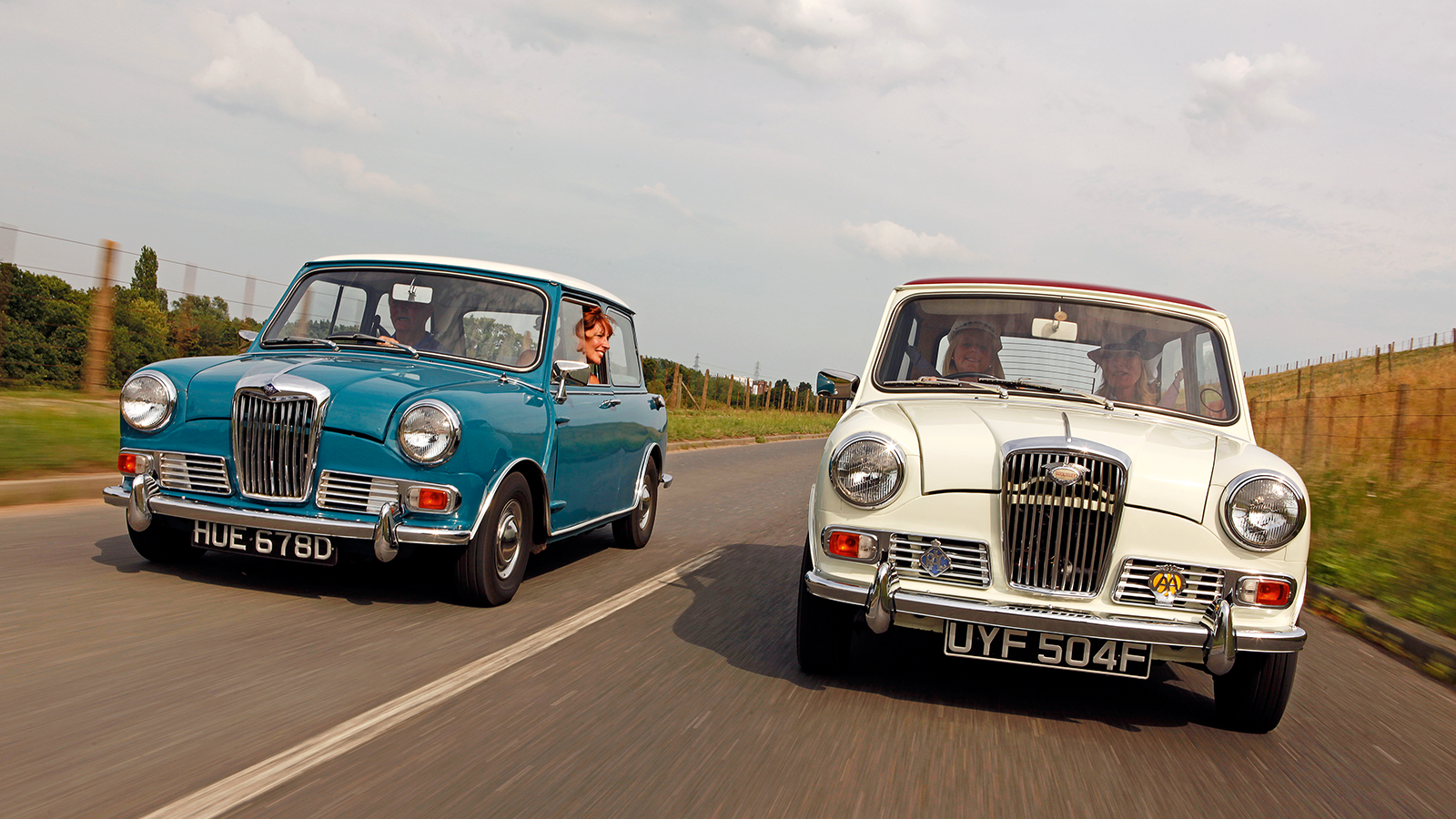
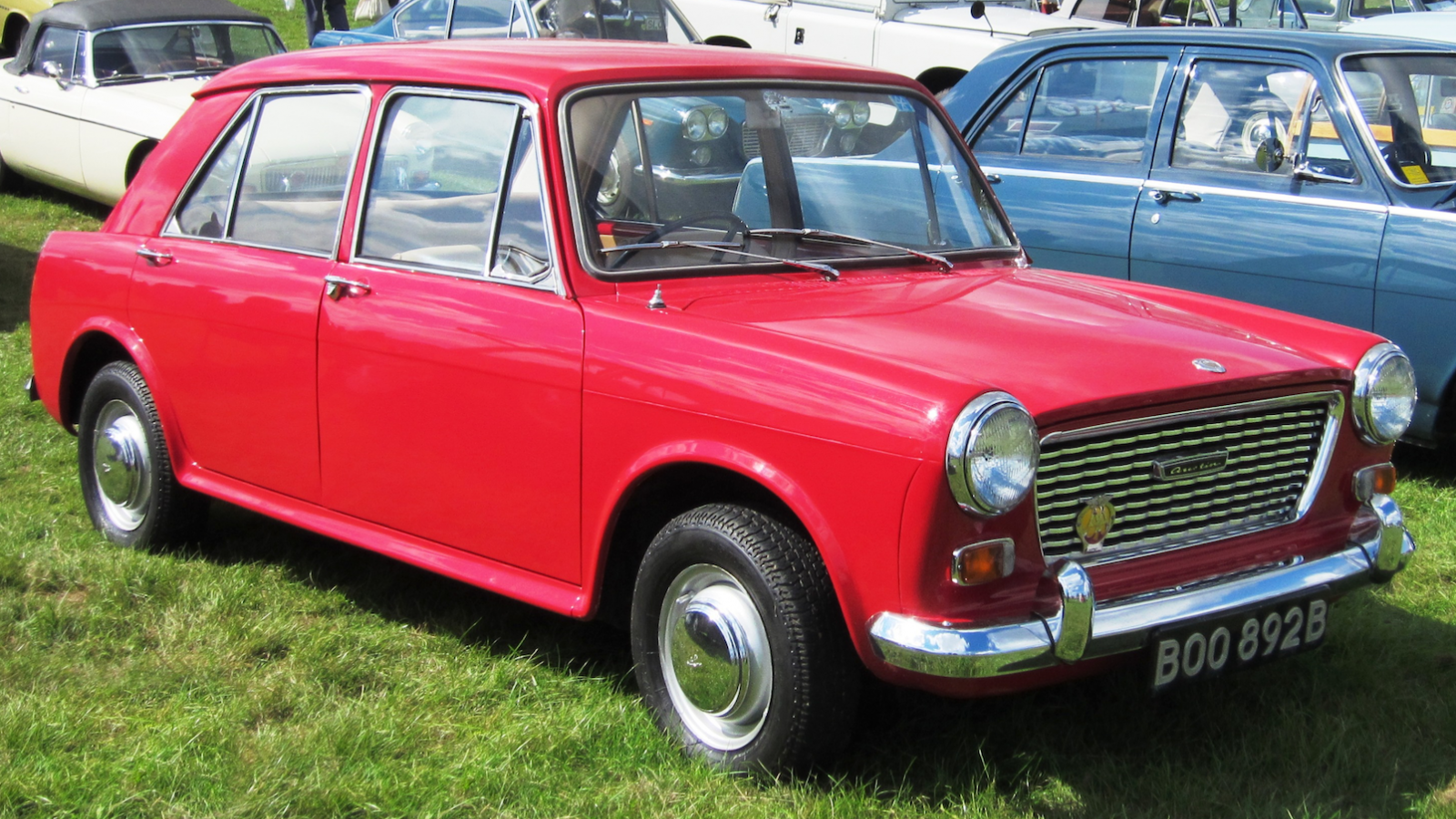


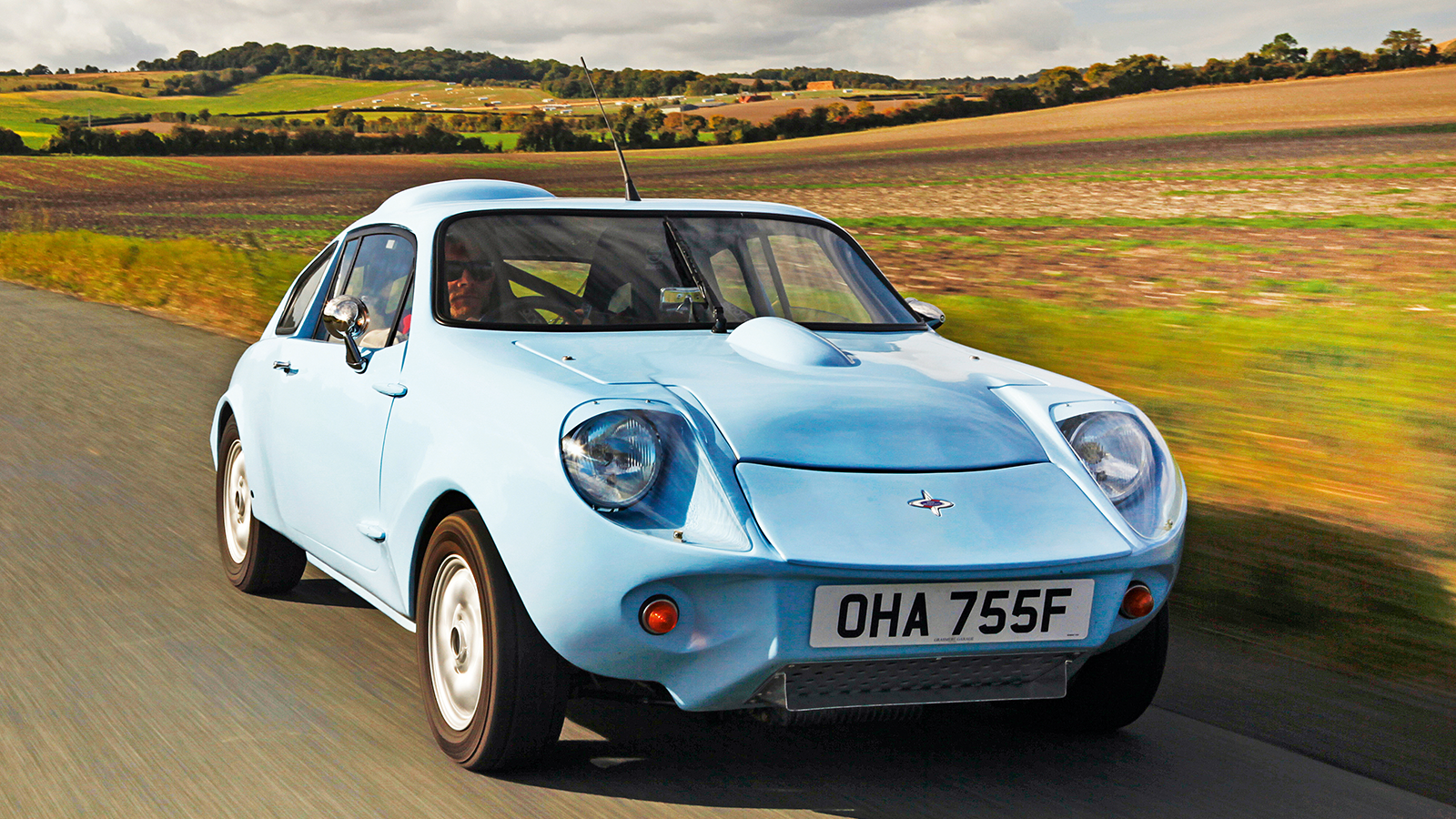

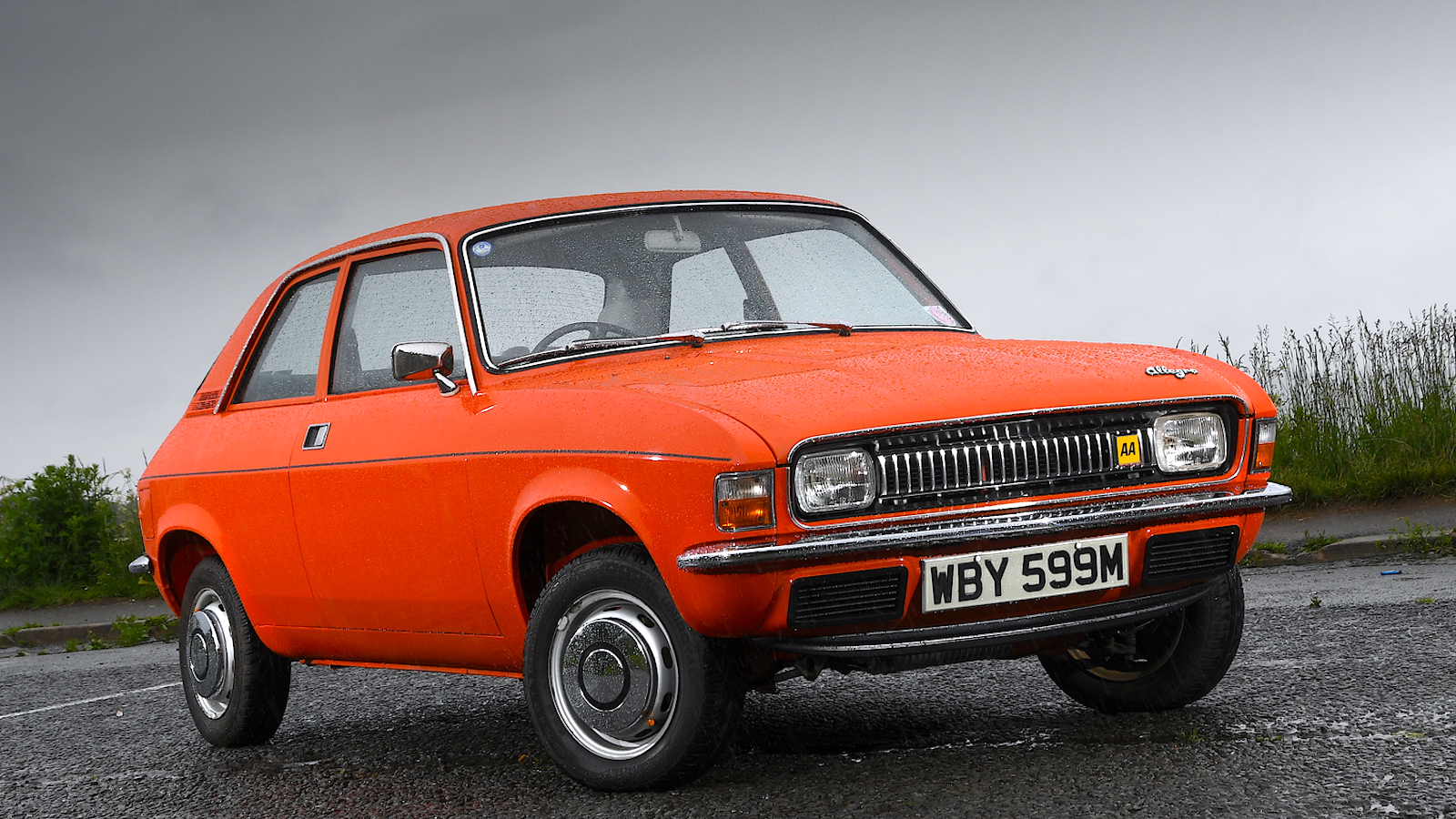
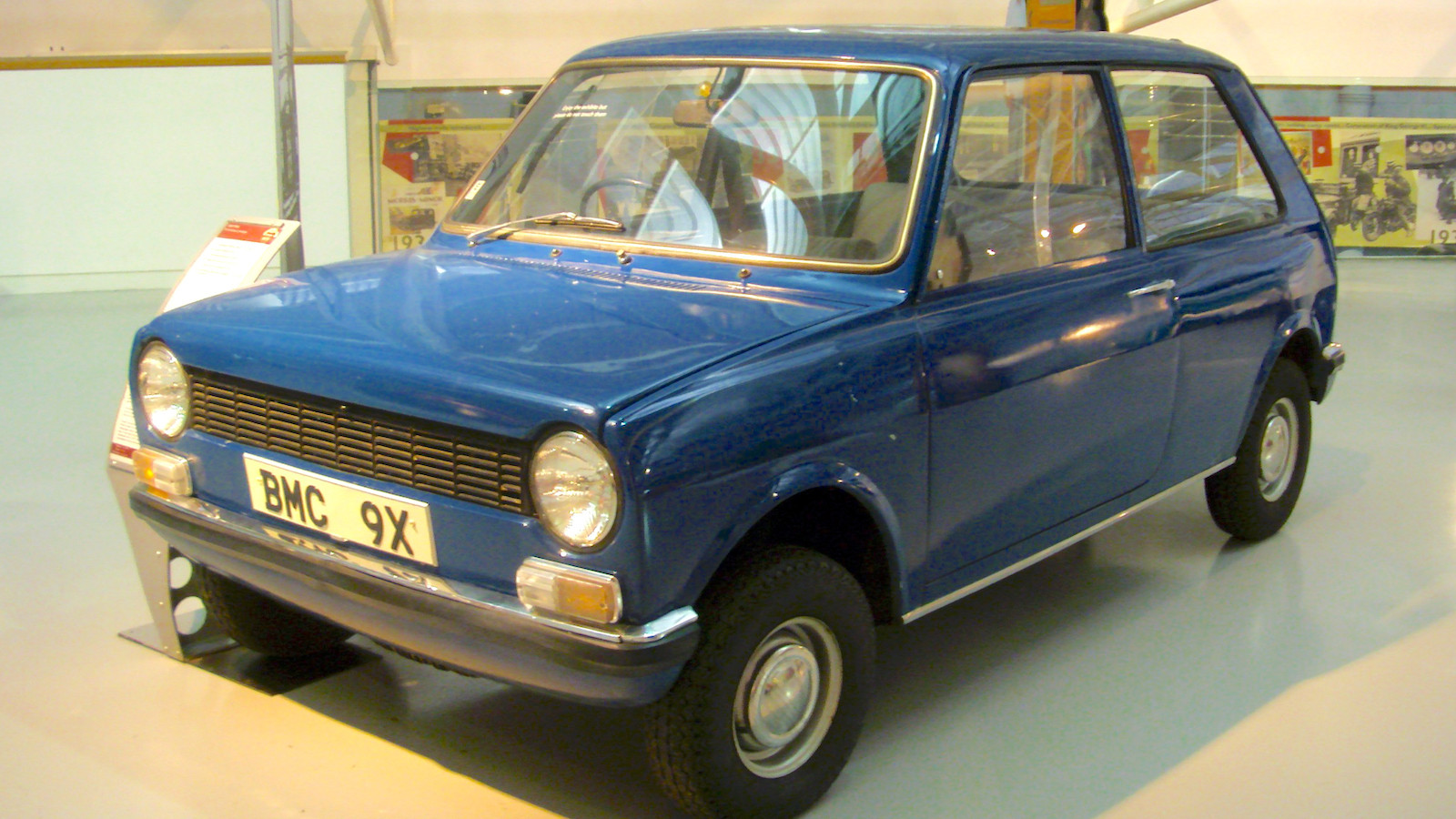
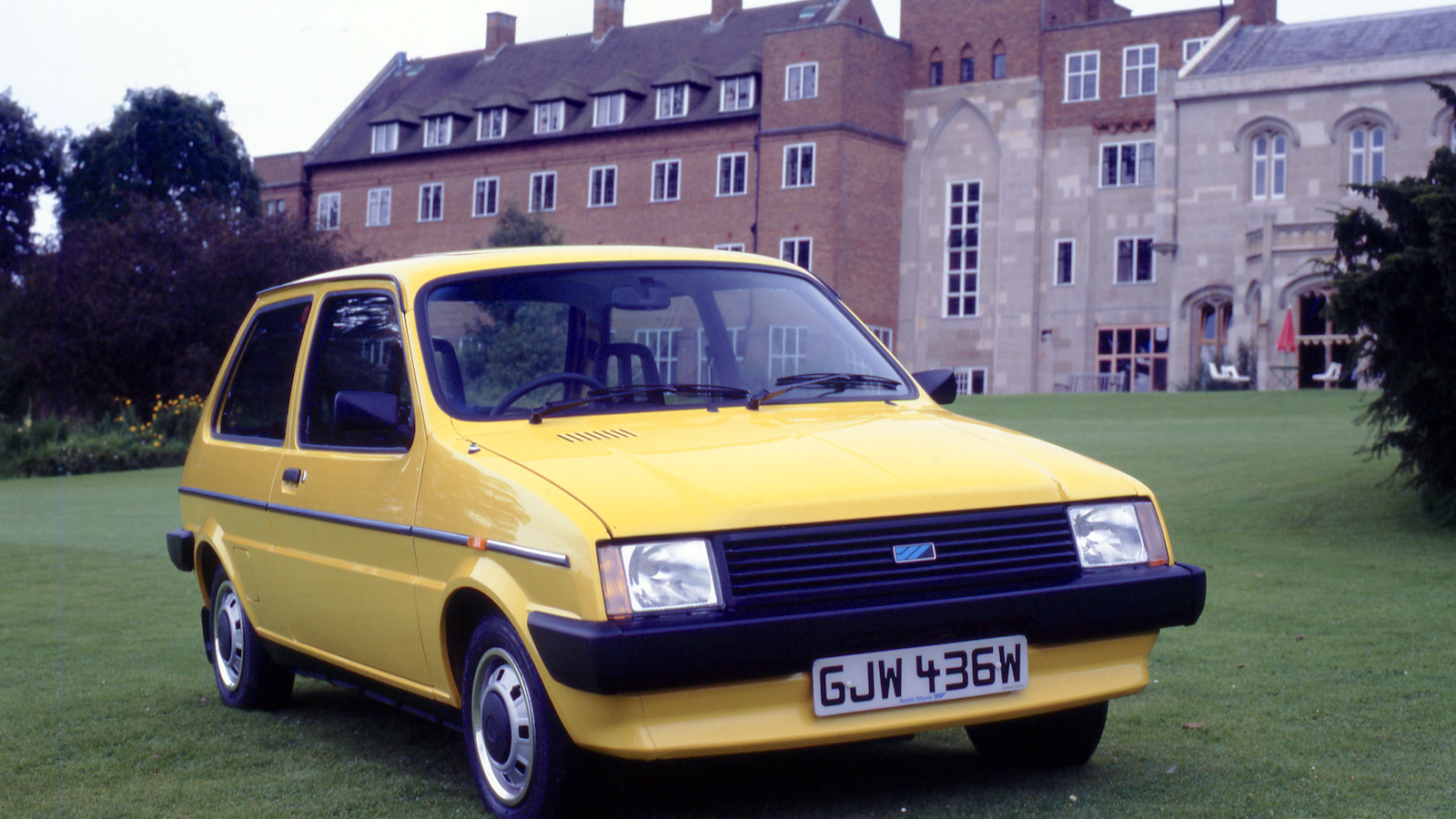
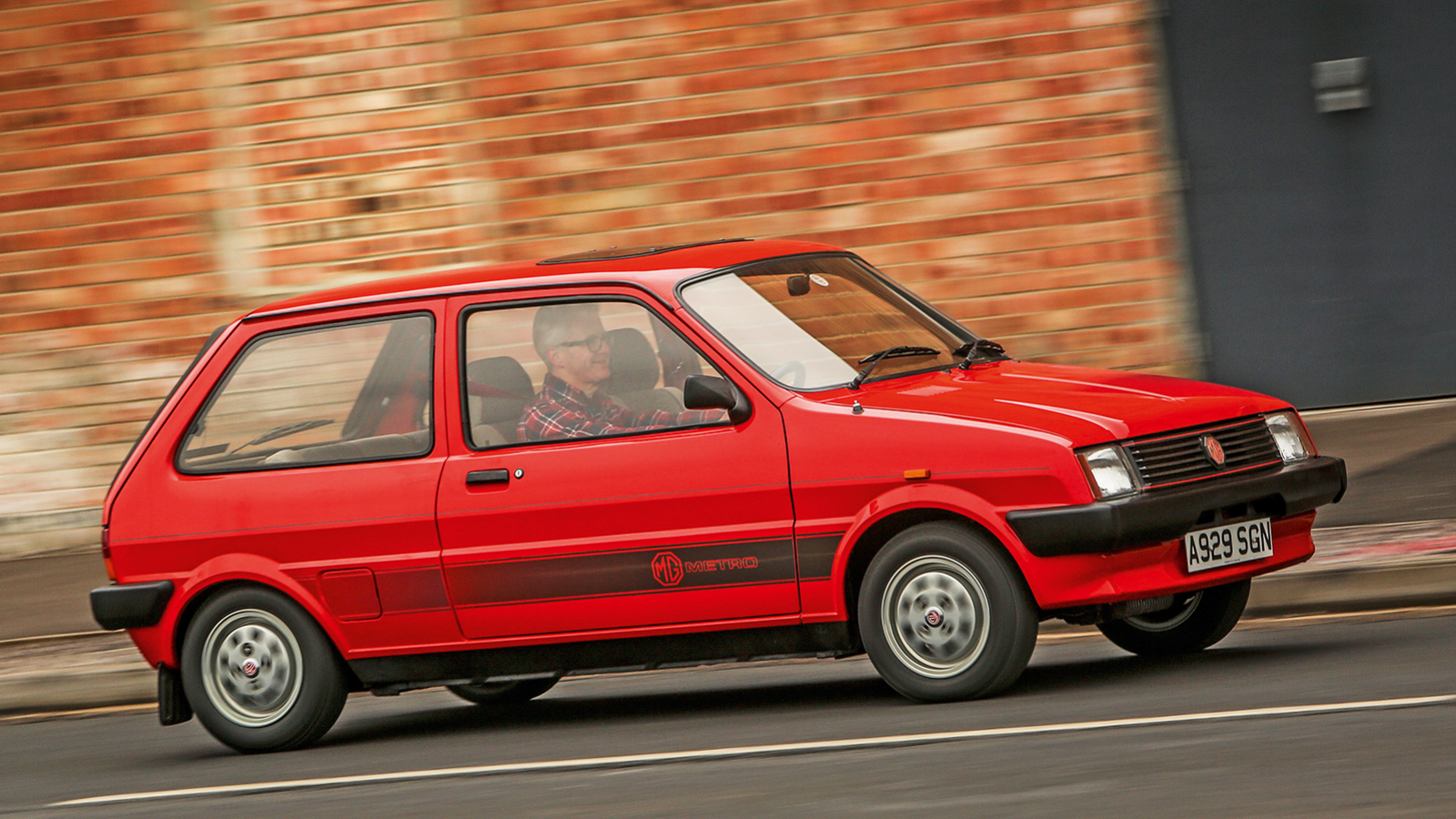
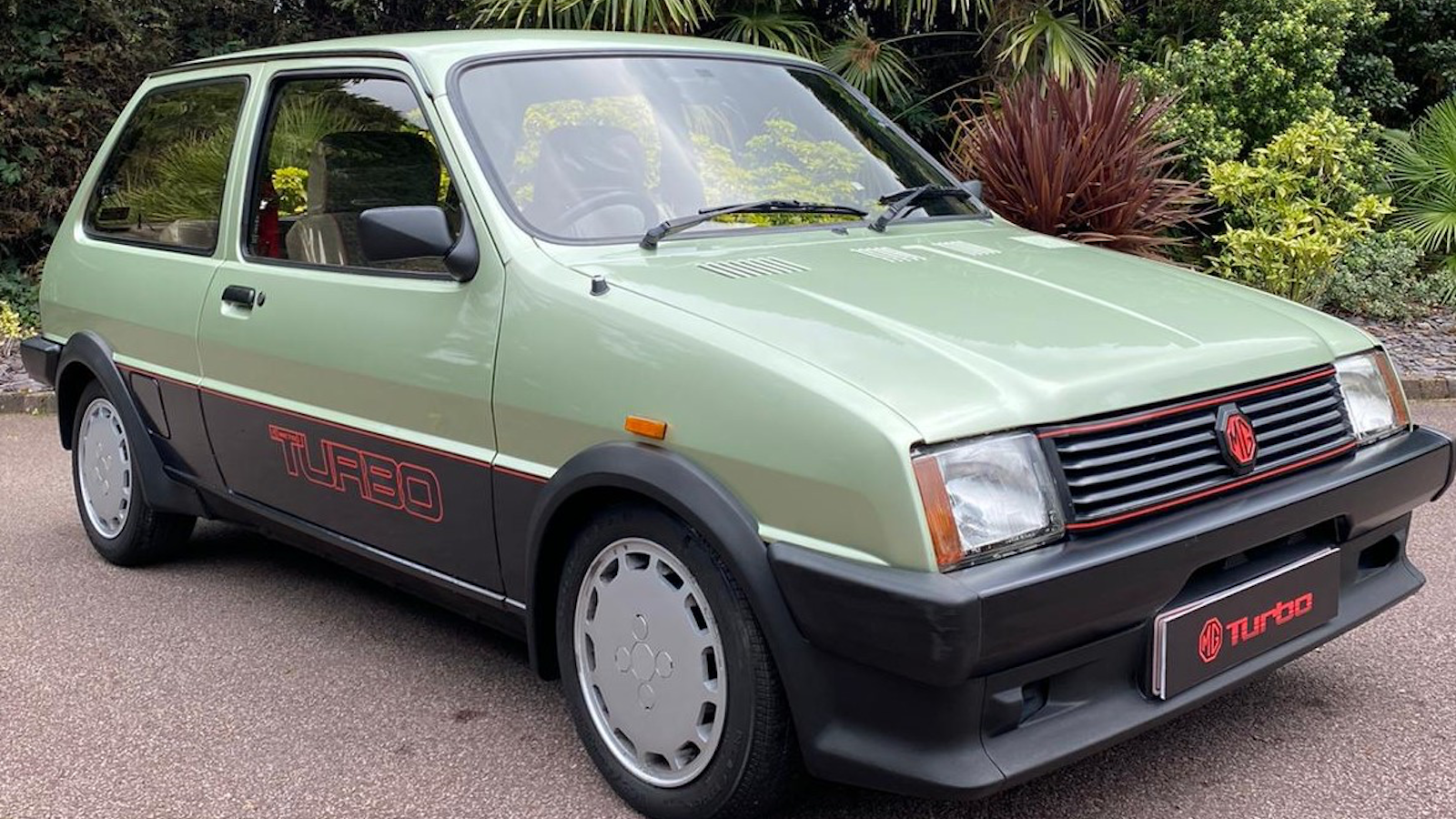

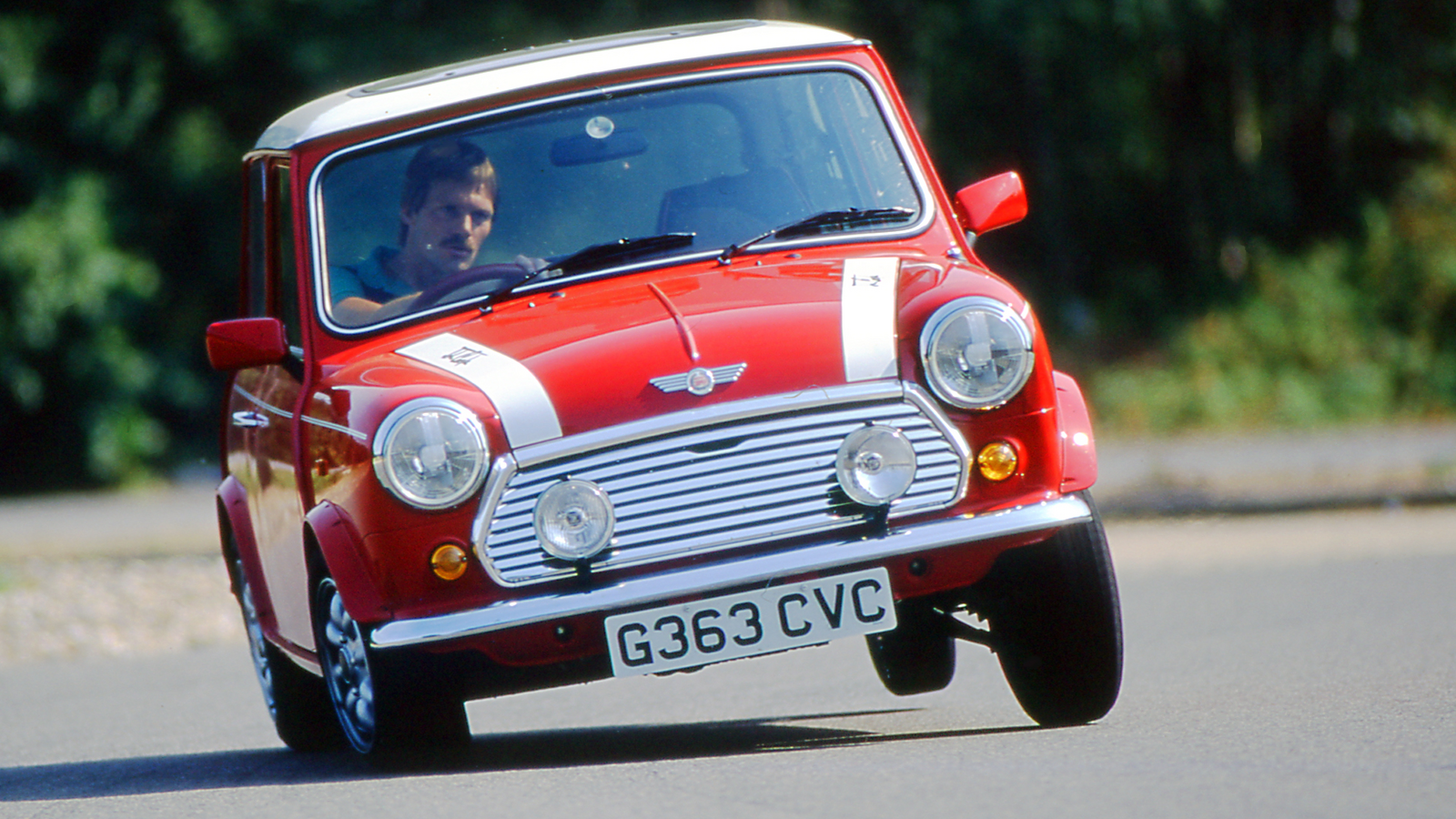
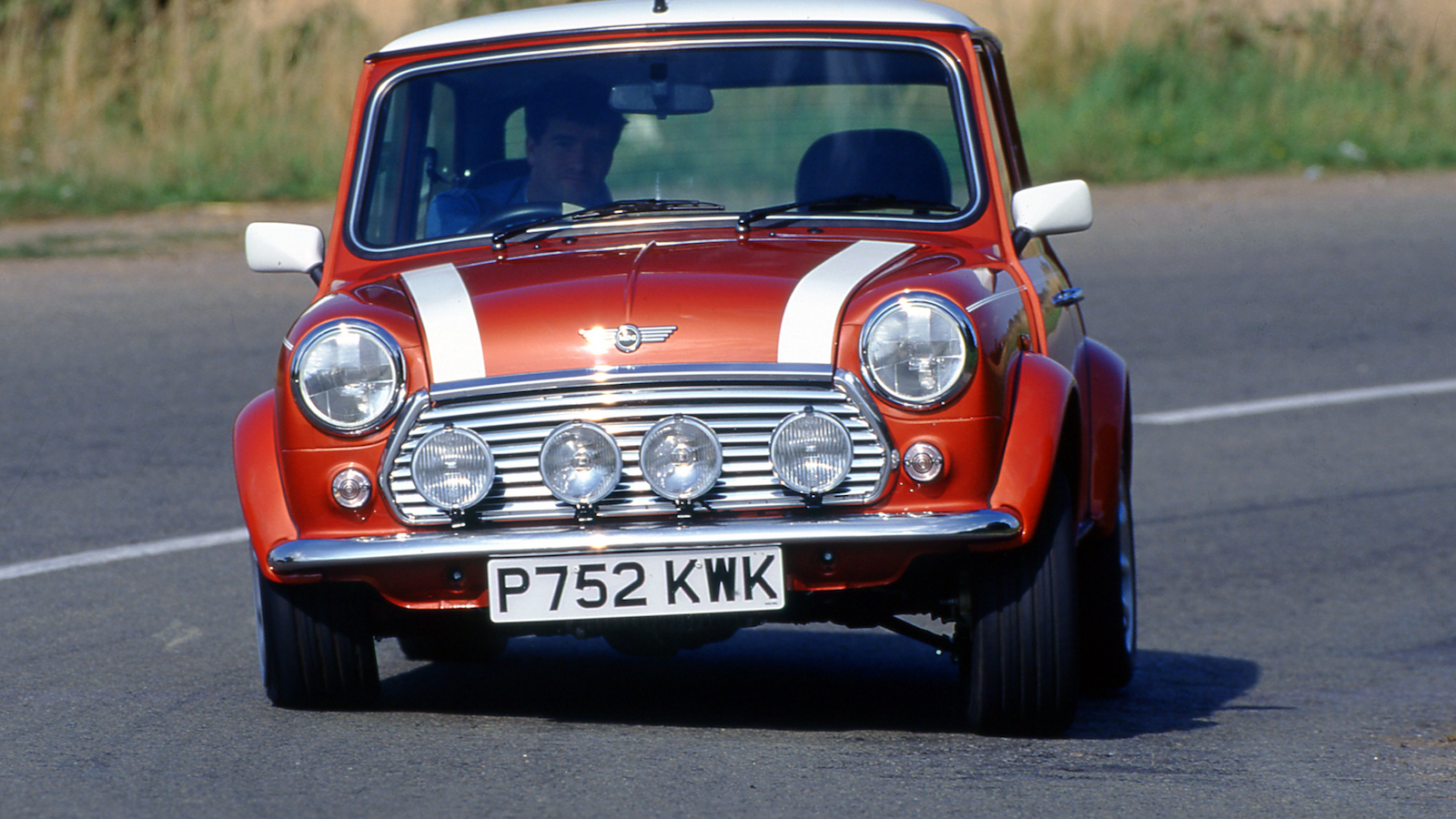
Celebrating Britain’s most versatile classic powerplant
The much-loved A-series is Britain’s small-block Chevy, a tough, versatile engine born in the 1950s that was still being slotted under the bonnets of new cars when the new century rolled around.
It turns 70 this year, and in those seven decades has seen service in everything from humble Austin A30 delivery vans to the giant-killing Mini Coopers that won the Monte and British Saloon Car Championship. But did you know there was a two-cylinder A-series, and even a diesel?
Tag along as we tell the story of the A-series through the cars it powered.
1. Austin A30
Austin’s post-war baby was unveiled at the 1951 Earls Court Motor Show, a few months before the company merged with rival Morris.
Under the A30’s bonnet was a compact ohv inline, long-stroke ‘four’ with a cast-iron block and head, three main bearing crank, and siamesed inlet and exhaust ports.
As fitted to the production A30 in 1952 it measured 803cc and made 28bhp and a handy 40lb ft of torque. But when Morris dropped the same engine into its Series II Minor the same year, it swapped the Zenith carb for an SU, liberating another 2bhp.
2. Morris Minor 1000
The Minor got a major boost in 1956, as did the A30, which became the A35, when both cars were upgraded to a 948cc A-series that would also be fitted to the new A40 Farina two years later.
Power improved marginally to 34bhp thanks to a wider bore, but it was the extra 10lb ft of torque that really made the difference.
3. The two-cylinder A-series
The 1956 Suez Crisis made fuel efficiency a priority, and led to the popularity of bubble cars like this BMW Isetta.
BMC eventually countered with the Mini, but the company’s R&D department also briefly experimented with two-cylinder versions of the A-series, one of which was fitted to an A35 van before the programme was scrapped.
4. Austin-Healey ‘Frogeye’ Sprite
The A-series story took a sporting turn in 1958 when Austin and Donald Healey joined forces to produce the Sprite sports car.
A pair of dinky SU carbs helped lift power from 34bhp to 43bhp, and while 0-60mph in 21 secs might not seem that thrilling today, it was compared with the 31 secs it took a Minor to reach the same speed.
5. Formula Junior
While sports car fans were getting excited about the Sprite’s promise of affordable sports car fun, budding racing drivers were buzzing over the opportunity to start their careers with Formula Junior in cars like the A-series-powered Cooper Type 52, or this later Type 56, an ex-Tyrell team car and Championship winner that was owned and raced by Steve McQueen.
6. Mini
The iconic Alec Issigonis-designed Mini was packed full of space-saving engineering ideas to allow four people to fit inside a 10ft box, including compact rubber-cone suspension, and an A-series mounted transversely, and above the gearbox, the two sharing oil.
Some early prototypes used the 948cc A-series, but it was deemed unnecessarily powerful and production engines were de-stroked to give 848cc and a more manageable 34bhp. It was also turned through 180 degrees to cure a carb-icing problem, but that meant adding a transfer gear, the source of classic Minis’ whine.
7. Mini Cooper 997
Independent tuning firms like Alexander had already been hotting-up Minis when the first factory-built Cooper appeared in 1961.
The extra capacity, twin SU carbs, warm cam and three-branch manifold pushed power to 55bhp, but the unfashionably narrow bore and long stroke design didn’t lend itself to revs or further tuning.
8. Riley Elf/Wolseley Hornet
The Mini’s posh, booted alter egos, the Riley Elf and Wolseley Hornet, gained a mechanical advantage when BMC upgraded them to 998cc by opening out the 850’s bores and liberating an extra 5bhp in 1962.
The Cooper adopted this engine in late 1963, but with new pistons, an open-chamber head, and, of course, the obligatory twin SU carbs.
9. Austin 1100
The biggest A-series yet arrived in 1962, the new 1098cc motor finding its way into everything from the A40 Farina to BMC’s new small family car, the 1100.
The 1100 was initially sold as an Austin and Morris, though they were soon joined by MG, Riley, Vanden Plas and Wolseley versions.
10. Mini Cooper ‘S’ 1071
The next iteration of the A-series was the most radical yet. The Cooper ‘S’ arrived in 1963 with a big-bore, short-stroke engine measuring 1071cc and producing 69bhp.
Sticking with the 1071 engine’s 70.6mm bore, BMC would spin off two further versions of the Cooper ‘S’: a short-stroke 970cc screamer to compete in sub-1000cc racing, and a torquey 1275.
11. Tuned A-series
The ‘S’ Coopers were certainly rapid by conventional Mini standards, but even the 76bhp 1275cc was stiffed with a relatively mild cam in the interest of driveability.
Companies like Downton and Broadspeed could easily coax 70bhp from the 998 Cooper, and over 100bhp from the 1275 ‘S’, and magazines like Cars & Car Conversions showed DIY-savvy readers how to make their Minis and Midgets faster.
12. Mini Marcos
And just as tuning companies like Downton saw potential in the A-series, so did Britain’s sports car cottage industry.
A-series engines found their way into cars like early Lotus Sevens and, of course, the Mini Marcos, an example of which finished an impressive 15th at Le Mans in 1966.
13. BMC Mini Tractor
Rather less speedy than the Marcos, but even more adept at picking its way through a field, was BMC’s 1960s Mini Tractor.
Launched in 1965, it featured a 950cc diesel version of the A-series developing 15bhp.
14. Austin Allegro
For the first couple of years of its life, the big 1275cc version of the A-series had been reserved for the Cooper ‘S’.
But from 1966 it began appearing in other lines, always in slightly milder states of tune, from the MG Midget and Austin 1300 GT in the 1960s, to the Morris Marina and Austin Allegro in the 1970s.
15. BMC 9X
By the end of the 1960s, Alec Issigonis’ thoughts turned to replacing both the Mini and its nearly 20-year-old A-series engine.
The prototype 9X featured both an opening tailgate and a brand-new ohc four-cylinder engine that generated 20bhp more than the Mini’s 998 from the same capacity.
But as belts became tighter across the corporation, both projects stalled. The A-series had been given a reprieve.
16. Austin Mini Metro
The arrival of the Metro was a big deal for the British car industry, but British Leyland couldn’t afford a new engine for its new baby car, so saddled it with the 30-year-old A-series and underslung four-speed gearbox.
But the A-series did get a refresh, including a stiffer block, rolled radius crank, revised cam timing, higher compression ratio, and improved induction and exhaust systems.
The basic 998cc car now made 43bhp, up from 39bhp, and the 1275cc alternative’s 61bhp was a useful improvement on the recently departed Mini 1275GT’s 56.
17. MG Metro
Things got more interesting in 1982 when the newly christened Austin-Rover released an MG-badged Metro powered by the hottest factory A-series in over a decade.
The MG’s 1275cc A-plus served up 72bhp thanks to a big-valve head, larger SU carb and a sporty camshaft loosely based on an old British Leyland Special Tuning profile.
18. MG Metro Turbo
Fun though the MG Metro was, it was no match for the VW Golf GTI and Ford Fiesta XR2. But Austin-Rover had thought of that, so later in 1982 released the MG Metro Turbo.
Power was capped at 93bhp and the engine was fitted with a two-stage boost-management system in an effort to preserve the ancient four-speed gearbox.
But that output was still enough to get the bodykitted Metro to 60mph in under 10 secs, en route to a top speed of 112mph.
19. Rover Metro
Rover gave the elderly Metro a substantial facelift in 1990 to help it keep pace with more modern opposition, and finally replaced the A-series with the new 16-valve K-series, giving the Metro the modern engine and five-speed gearbox it had been crying out for a decade earlier.
But that wasn’t the end of the A-series story…
20. Rover Mini Cooper
The Metro might have turned its back on the A-series in 1990, but the iconic engine lived on in budget versions of the Maestro, and of course the Mini, which welcomed back a 1275cc version to the line-up with the re-launch of the Cooper.
The standard car’s catalyst-equipped single-carb 60bhp engine (and its 1992 single-point-injected successor) was quicker than an original Cooper, but much slower than an old 1275 ‘S’, though there was always John Cooper Garages’ aftermarket 78bhp S-pack conversion for those that felt the need for more.
21. Rover Cooper MPi
Tightening safety, noise and pollution legislation looked likely to kill the Mini and its engine off by the mid-’90s, but against all odds, both survived.
BMW-owned Rover reengineered the Mini, adding multi-point fuel injection to clean up the emissions, and an electric cooling fan to dampen mechanical noise.
The last Mini, and the last A-series-powered production car, rolled off the Longbridge line in October 2000, just a few months short of the engine’s half century.
